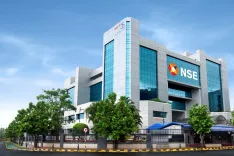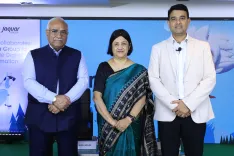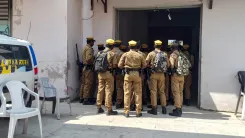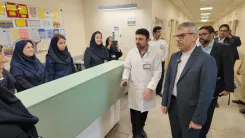How Do Labour Welfare Schemes Empower Over 50 Lakh Unorganised Workers?
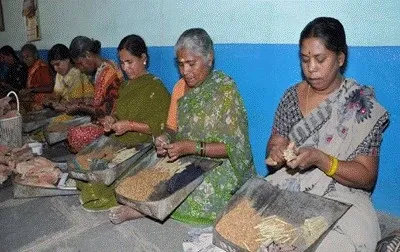
Synopsis
Key Takeaways
- Over 50 lakh workers and their families benefit from welfare schemes.
- The Education Assistance Scheme provides scholarships for children's education.
- Healthcare support includes outpatient services and critical illness reimbursements.
- Financial assistance ranges from Rs 30,000 to Rs 7.5 lakh.
- Welfare schemes aim to enhance the quality of life for unorganised workers.
New Delhi, June 17 (NationPress) The government announced on Tuesday that numerous welfare schemes have provided essential support to more than 50 lakh workers and their families.
The Ministry of Labour and Employment, through the Directorate General of Labour Welfare (DGLW), is actively implementing various welfare initiatives aimed at enhancing the lives of unorganised workers in India, especially in sectors such as beedi, cine, and mining.
“These schemes directly benefit over 50 lakh workers and their families, forming a vital part of the government’s inclusive and empathetic labour welfare policy,” the ministry stated.
A significant aspect of this welfare framework is the Education Assistance Scheme, which offers annual scholarships ranging from Rs 1,000 to Rs 25,000 for the children of beedi, cine, and non-coal mine workers.
This scheme operates via the National Scholarship Portal (NSP), processing over one lakh applications annually, with direct benefit transfer (DBT) facilitating transparent and timely payments.
Healthcare support under the health initiative includes outpatient services through a national network of dispensaries and reimbursement for specialized treatments for critical illnesses like heart disease, kidney transplants, cancer, tuberculosis, and minor surgeries.
The ministry noted that financial support ranges from Rs 30,000 for minor surgeries to Rs 7.5 lakh for cancer treatment, ensuring access to life-saving healthcare for low-income workers.
Although the Revised Integrated Housing Scheme (RIHS) launched in 2016 has been phased out and integrated with the Pradhan Mantri Awas Yojana (PMAY), the Ministry continues to distribute pending installments to eligible beneficiaries until March 31, 2024.
The Labour Welfare Organisation (LWO), under DGLW, manages these schemes nationwide through a well-structured network of 18 Welfare Commissioners who oversee regional implementation.
The primary aim is to provide social protection, health services, financial assistance for education, and housing support to workers in often remote and underserved areas.
“These targeted schemes not only enhance the quality of life and social security of unorganised sector workers but also demonstrate the government’s commitment to the vision of 'Sabka Saath, Sabka Vikas' in practice,” the ministry concluded.

